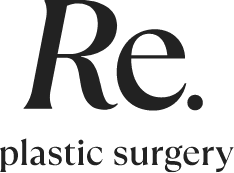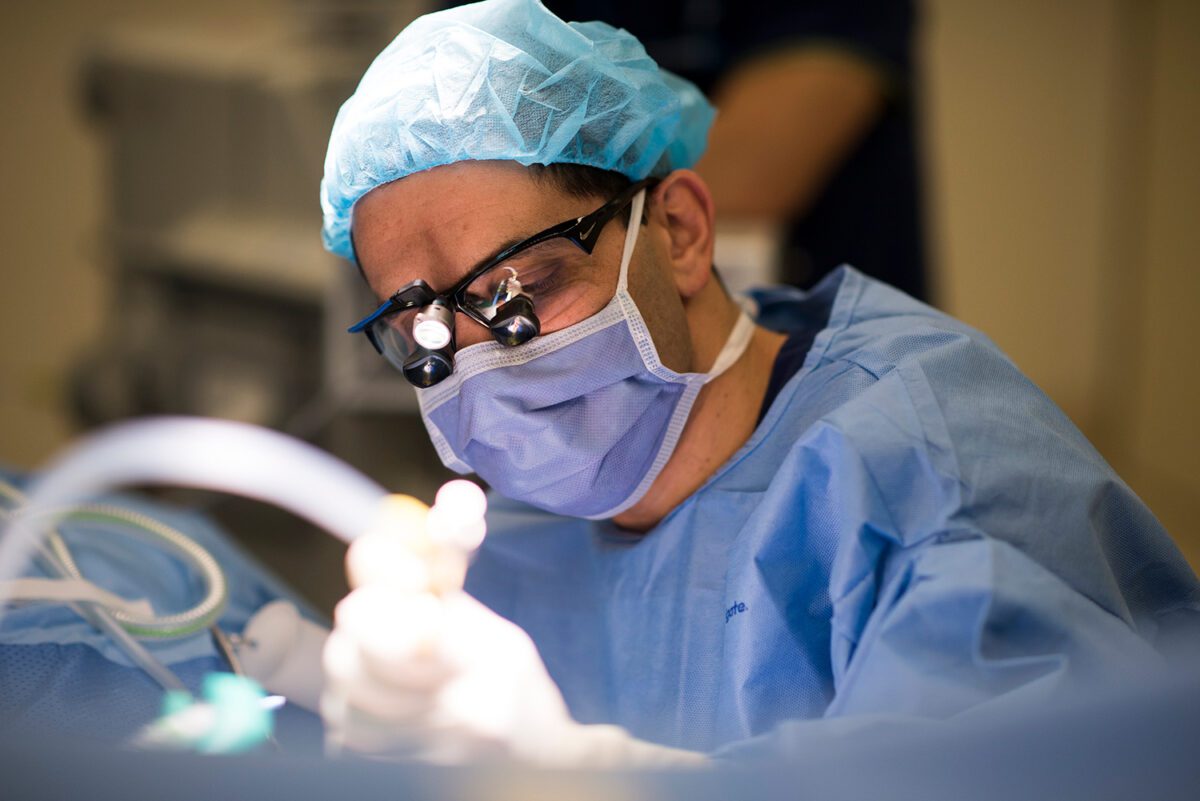1. Crackdown on non-surgeons
2018 finally saw the government take measures to restrict the use of the term cosmetic surgeon with a parliamentary committee making 16 recommendations including ‘to protect or otherwise restrict the title ‘cosmetic surgeon’ at a national level under the Health Practitioner Regulation National Law”.
Just this week in California an announcement was made, that from 1 January 2019, Cosmetic Surgeons in California will not be able to claim they are ‘Board Certified’ with the Medical Board of California voting unanimously in its decision to ban doctors who have not completed the requisite Board Certification through the American Board of Medical Specialties from doing so.
This is likened to what we have here in Australia, and New Zealand with doctors becoming surgeons only after completing an Australian Medical Council (AMC) accredited surgical training and passing examinations to achieve the Fellowship with the Royal Australasian College of Surgeons (RACS). Only then is a Surgeon allowed to register with the Australian Health Practitioners Regulation Agency(AHPRA) as a specialist surgeon.
The AMC is a Government appointed body that accredits specialist surgical training program to ensure that standards of education, training and assessment of the medical profession are met. The AMC is the gatekeeper for the recognition of new medical specialties, and it is a rigorously controlled process. It also stipulates which medical titles are legally protected. RACS is the only AMC accredited provider of training to surgeons in Australia and New Zealand.
A Specialist Plastic Surgeon is someone who has completed a Fellowship with the RACS, they are legally entitled to use this protected title and they registered by the Australian government as a Specialist.
So government agencies are finally starting to take action to better regulate the cosmetic surgery industry and make it safer for patients. But there’s still a long way to go.
2. Brazillian Butt lift
Brazilian butt lift surgery (BBL) is a fat grafting procedure aimed to increase the fullness and shape of the buttocks using your own fat. Liposuction is performed in areas that have excess fat—typically the abdomen, sides and hips, and/or lower back—to both improve the proportions and contour of the lower body and harvest fat to be added to the buttocks.
The procedure gained enormous popularity in 2017 on the back of shapely so called “celebrities” such as Kim Kardashian, Jennifer Lopez, Serena Williams, and Beyoncé
Despite having the highest annual growth rate of any cosmetic surgical procedure, the intraoperative mortality rate for gluteal augmentation with fat transplantation (i.e., “Brazilian butt lift”) is unacceptably high. The American Society for Aesthetic Plastic Surgery estimates the intraoperative death rate from this operation to be approximately one in 2351. In addition to these fatal complications, serious nonfatal complications, namely microfat embolism and sciatic nerve injury, are also surprisingly high.
The theory goes that if you place the fat in a superficial plane, within a “safety triangle” then it is safe. However a recent article in the Plastic and Reconstructive Surgery Journal has demonstrated that this is impossible to control and that fat migrates into deeper planes.
Lets put this in perspective, to demonstrate just how risky a procedure this is.


So the procedure is over 50 times more likely to result in death than all other plastic surgery procedures. It is riskier than boxing and only just safer than motorbike racing.
For us at Re. this is too risky for a cosmetic procedure.
Finally it is a weird fashion trend, it is more than likely these same women will want the fat removed in 5 years time!
3. ALCL
BIA-ALCL (Breast Implant-Associated Anaplastic Large Cell Lymphoma) is a rare spectrum of disease that can range from a indolent accumulation of fluids around the breast (seroma) to a potentially metastatic lymphoma when there are delays in diagnosis. BIA-ALCL is not a cancer of the breast tissue itself. When diagnosed early, it is readily curable. If the disease is advanced, chemotherapy or radiation may be required. BIA-ALCL is currently classified as a lymphoma. Many experts believe that it behaves clinically as a lymphoproliferative disorder (LPD) that encompasses the spectrum of disease from benign CD30+ seromas, to CD30+ malignant seromas, to invasive capsular disease, and finally metastatic disease. BIA-ALCL is a highly treatable disease with high cure rates.
There have been 16 confirmed deaths, (globally), attributed to BIA-ALCL since the disease was first reported nearly 20 years ago.
The first symptom of BIA-ALCL is usually a swelling of the breast between 2 to 28 years after the insertion of breast implants, with an average of about 8 years after implantation. The swelling is due to a collection of fluid surrounding the implant. This fluid can cause the breast to enlarge significantly over a period of days or weeks. It can also present as a lump in the breast or armpit, firmness of the breast, or pain. It is usually easily and completely treated if patients see their doctor at the first symptom.
The lifetime risk of developing ALCL varies depending on which implant are used. Re. uses Mentor implants which have a risk of 1 in 86,000 patients.
In December 2018, French health authorities announced that European regulators have pulled ALLERGAN textured implants from the market. In response, the Australian regulator, the Therapeutic Goods Administration (TGA), said no new textured implants made by Allergan would be allowed to be used here, but that would not stop existing implants on shelves from being used.
This was in response to the increased risk ( 1 in 4000) of developing ALCL with an Allergan implant.
There is a lot of research being done into this relatively new condition which Re. surgeons are kept up to date with. We are actively involved in the breast device registry, with all of our patients being enrolled. The more information we can gather, the better informed our patients and future patients will be.
In short, if your breasts have not changed then you have no need to be worried. If at any stage you do notice increased swelling in the setting of a breast implant, please contact us and make an appointment to see us.
Again, the warning issued by the French authorities does not relate to the implants used in Re. Plastic surgery patients.
4. The rise and rise of social media
Social media, review sites and Google are now the major source of information for patients seeking cosmetic surgery.
The days of going to your family doctor for advice about where to have a breast augmentation or tummy tuck are well and truly gone.
In just 15 years we have gone from having a listing in the yellow pages to every major clinic not only having a website, but also a Facebook and Instagram account.
Patients can now go online and read real reviews about surgeons, look at photos of actual patients, watch videos of their surgeon talking on various topics and read their answers to common plastic surgery questions. Even more revealing are the Instagram accounts where patients diarise their entire journey from pre-consult to weeks and months after their surgery, usually with daily updates covering everything from dressings, to sleeping positions, swelling and showering. Real patients also provide direct answers to prospective patients about specific questions they may have, giving patients a virtual preview of what to expect. This unprecedented access gives new patients often with anxiety or concerns leading into surgery a first hand account of what to expect. This is far more information than patients have ever previously been able to access. Whilst as a surgeon, we can explain the surgery and recovery, nothing compares to hearing it first hand.
Most patients we see are not only well informed about their surgical procedure, they also have seen our results, know our approach and even have an insight into our personalities and philosophies.
Whilst many of the “establishment” bemoan the nepotistic days of their buddy the GP referring all of their patients, we think it is empowering for patients.
So what has it meant for us as surgeons and future patients. For starters it has made us better surgeons. Our results are in the public domain for all to see. If you are not showing results, you will not be seeing patients. If your results are no good, you will not be seeing patients. As a practice we focus more now on the entire experience rather than just the outcome. This is great for our patients as it leads to better care. For our patients, they are better informed, they can communicate their concerns and desired outcomes easier and more accurately and have an unlimited pool of experienced previous patients to draw upon.




